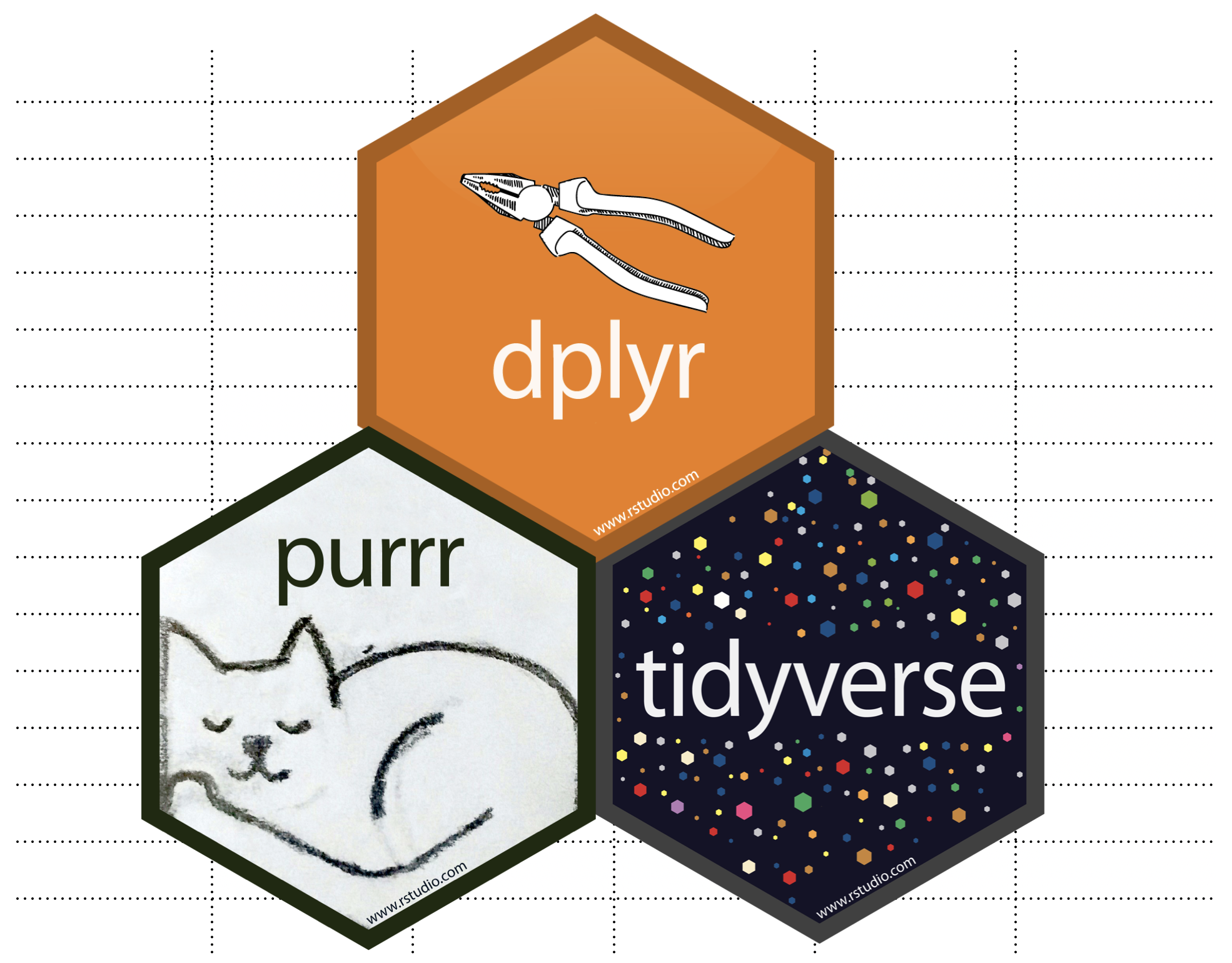Cholesky factors of covariance and correlation matrices in stan
Published:
In this blog, I would like to give a quick overview of different types of matrices and their transformations (e.g., Cholesky decomposition) in stan. These matrices include variance-covaiance matrix ($\Sigma$), correlation matrix ($R$), Cholesky factor of covariance matrix ($L$) and Cholesky factor of correlation matrix ($L_{corr}$). Before we move to Cholesky decomposition, it is good to know the relationship between variance-covaiance matrix ($\Sigma$) and correlation matrix ($R$). Simply put, we can rewrite $\Sigma$ as the product of a diagonal matrix ($\sigma$) and a correlation matrix $(R)$ in the following way. To achieve this, you can use the quad_form_diag(R, sigma) function in stan.

)](https://raw.githubusercontent.com/JakeJing/jakejing.github.io/master/_posts/pics/multi-logistic-reg-surface.png)
)](https://raw.githubusercontent.com/JakeJing/jakejing.github.io/master/_posts/pics/nest_split.png)
